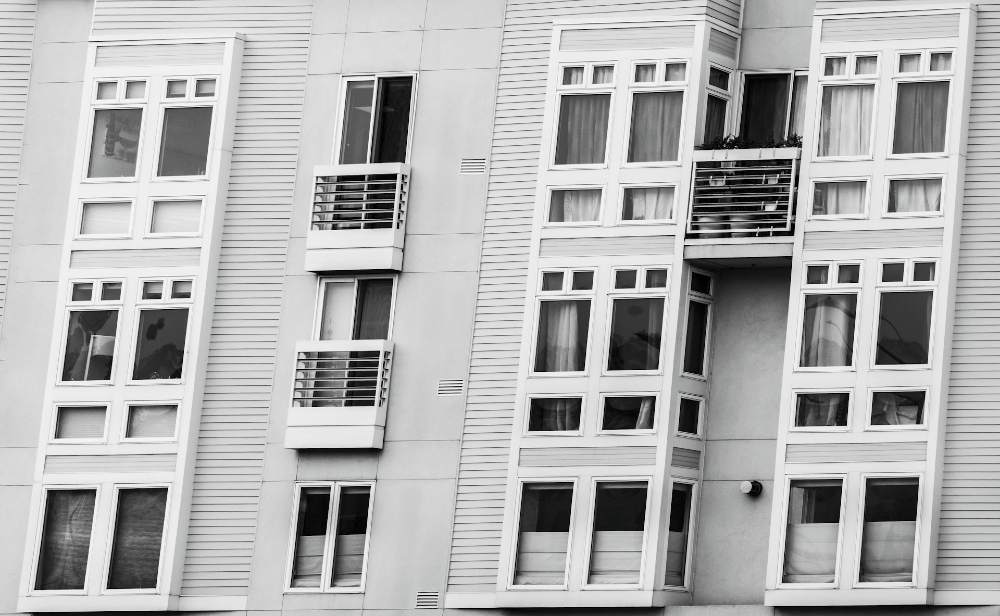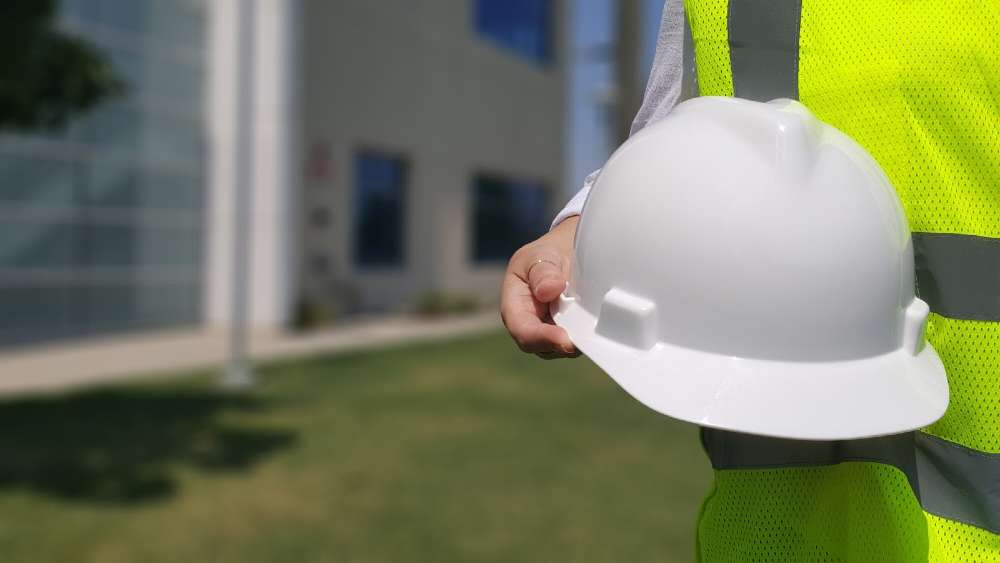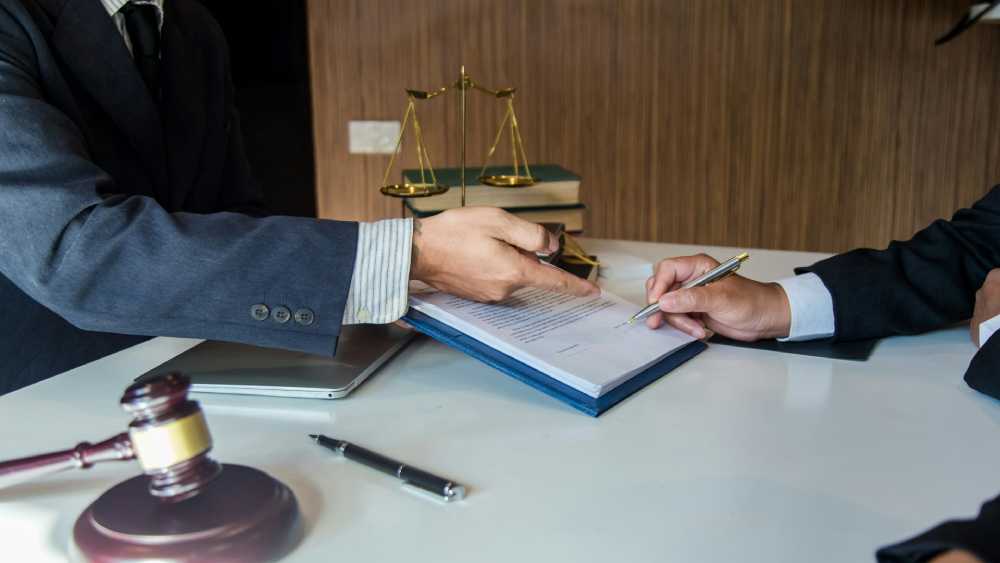Slip-and-fall injuries often happen in apartment buildings and can result in serious harm to both tenants and visitors. These accidents often happen due to hazards such as wet floors, broken stairs, or poor lighting in shared areas. In California, apartment building owners have a duty to keep common areas safe and well-maintained for everyone who enters.
When they fail in this duty and an accident occurs, they may be held legally responsible for the injuries. Establishing owner liability depends on factors like maintenance practices, notice of hazards, and adherence to local safety regulations. Understanding how these factors play into a slip-and-fall claim can help injured parties seek the compensation they deserve.
The Responsibility of Apartment Building Owners
California law requires apartment building owners to keep shared spaces safe and free of hazards. This responsibility includes hallways, lobbies, stairwells, and other common areas tenants and their guests use regularly. Owners are expected to inspect and maintain these areas to prevent accidents that could harm those who enter.
Keeping floors clean, fixing broken fixtures, and providing good lighting are essential to preventing slip-and-fall accidents. When building owners ignore these responsibilities, they risk liability if someone gets hurt.
To prove liability, the injured person needs to show that the owner was aware of the hazard, or should have been, and failed to address it. This legal duty is part of premises liability law, which holds property owners accountable for maintaining safe spaces.
Notice of Hazards and Negligence
For an apartment owner to be liable for a slip-and-fall accident, there must be evidence of negligence. Negligence in this context means that the owner knew, or should have known, about the hazard that caused the accident.
If, for example, a staircase has been broken for weeks and the owner did not repair it, they may be deemed negligent. However, if the hazard appeared suddenly, such as a spill, the owner’s liability may depend on whether they acted quickly to address it.
California law considers whether the owner had “constructive notice,” meaning they should have known about the problem even if they weren’t directly informed. Proof of negligence strengthens a slip-and-fall claim, especially if the victim can show that the hazard was ignored over time.
Role of Regular Inspections and Maintenance
Routine inspections and maintenance are essential in preventing hazards that lead to slip-and-fall accidents. To keep them safe, apartment building owners should regularly check hallways, staircases, and entryways. These inspections should identify and address issues such as loose tiles, poor lighting, and broken railings.
If owners don’t perform these inspections, they can be held responsible for any injuries that result. Proper maintenance also includes fixing problems immediately when they are discovered. Tenants and their guests rely on the safety of these shared areas, and neglecting inspections can create unsafe conditions.
Maintenance records and inspection logs often serve as evidence in slip-and-fall cases, showing whether the building owner has met their legal duty to maintain safe conditions.
Comparative Negligence and Tenant Responsibility
In California, slip-and-fall cases may involve comparative negligence, which can affect the outcome of a lawsuit. Comparative negligence means that if the injured party is partially responsible for the accident, their compensation may be reduced by their percentage of fault.
For example, if a tenant ignored visible warnings or signs in a hazardous area, the property owner might argue that the tenant shares some responsibility. However, even if the tenant is partly at fault, they may still recover damages under California’s comparative negligence rule.
This is important in cases where the tenant and property owner share responsibility. Evidence such as warning signs, tenant behavior, and any shared responsibility in maintaining the apartment’s conditions can influence the final settlement amount.
The Role of Legal Support in Slip-and-Fall Cases
For tenants or visitors injured in an apartment building, consulting with a personal injury attorney can be valuable. An attorney can determine if the building owner failed to do their part and help you pursue compensation. Lawyers know how to gather evidence such as maintenance records, inspection logs, and witness statements to prove negligence.
They also understand California’s premises liability laws, which govern apartment owner responsibilities in slip-and-fall cases. Attorneys can negotiate with the property owner or their insurance company to help you get compensation for medical bills, lost wages, and other damages.
An experienced lawyer can clearly explain your rights and guide you through each step of the legal process. Legal support makes it more likely to hold the responsible party accountable and get your desired outcome.
Apartment building owners in California have a duty to keep their premises safe, and failure to do so can result in legal liability for slip-and-fall injuries. Their responsibility to maintain common areas, repair hazards, and perform regular inspections is crucial for tenant and visitor safety.
When owners neglect these responsibilities, they can be held accountable for injuries that occur. Understanding the role of notice, maintenance practices, and potential comparative negligence can help injured parties pursue compensation.
Talking to an attorney can give victims the support they need to strengthen their cases and confidently navigate the legal process. With the right support, tenants and guests can seek the compensation they need to recover from slip-and-fall injuries caused by property owner negligence.




